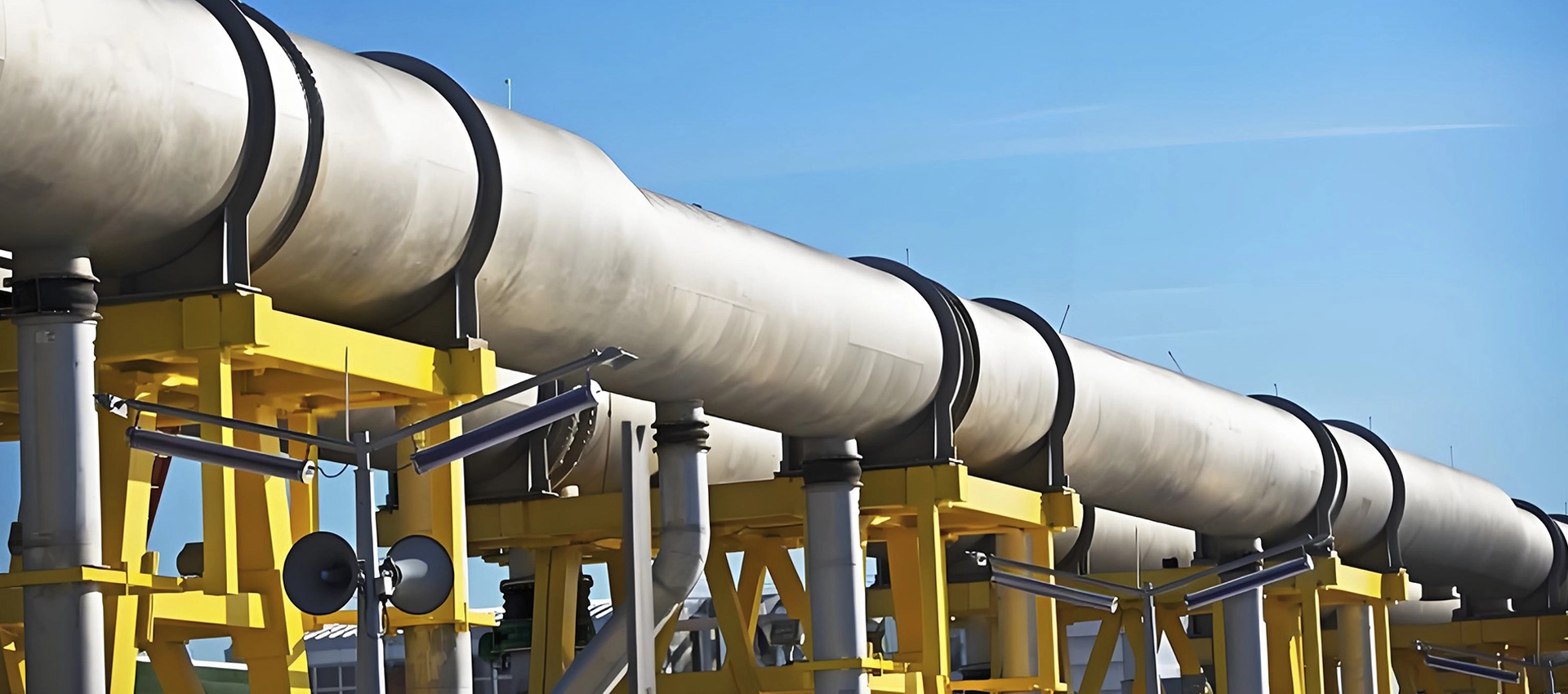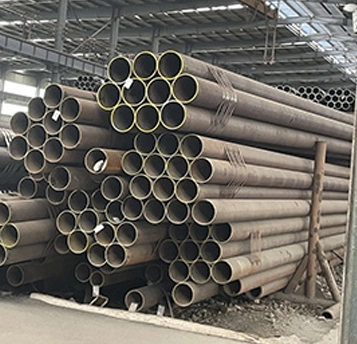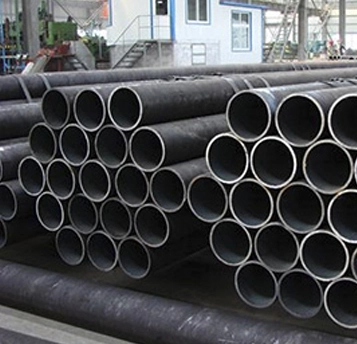DIN 1629 is a German standard for seamless circular steel pipes used in industrial applications requiring high strength and pressure resistance. These pipes are made from non-alloy and alloy steels, with grades like St37.0, St44.0, and St52.0, tailored for various mechanical and structural uses. They are manufactured through hot or cold forming processes, ensuring precise dimensions and excellent surface quality.
DIN 1629 pipes are widely used in construction, machinery, and general engineering for components like pipelines, cylinders, and structural supports. The standard ensures superior durability, weldability, and performance under high-pressure conditions.

 EN
EN








